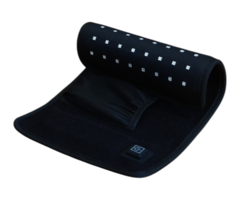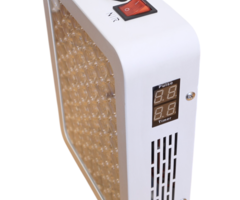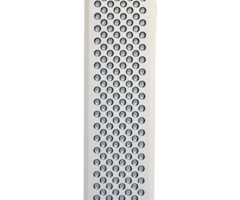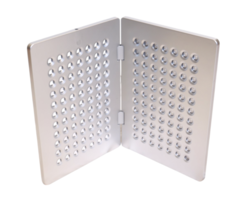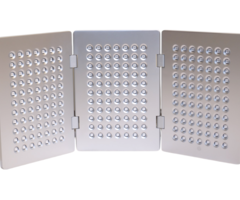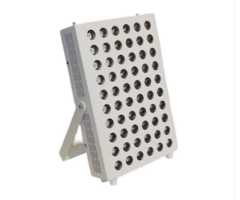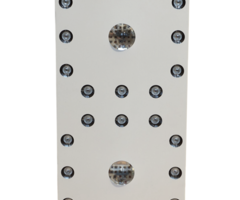
Light Therapy Lamps
Red Light Therapy – Bring the Healing Light of the Sun into Your Home
Human beings evolved outdoors. For most of human history, we lived under the sun — walking, working, and sleeping in sync with daylight. But in the last 100 years, our lifestyle has drastically changed. We now spend most of our time indoors: at work, in schools, in cars, or in front of screens. As a result, our exposure to natural sunlight has dropped dramatically.
Red Light Therapy – Bring the Healing Light of the Sun into Your Home
Human beings evolved outdoors. For most of human history, we lived under the sun — walking, working, and sleeping in sync with daylight. But in the last 100 years, our lifestyle has drastically changed. We now spend most of our time indoors: at work, in schools, in cars, or in front of screens. As a result, our exposure to natural sunlight has dropped dramatically.
And yet — our biology hasn’t changed. Our bodies still respond to natural sunlight in powerful ways. In particular, some wavelengths of light penetrate our skin and activate important processes deep within our cells.
One key example is red and near-infrared light, which are naturally present in sunlight, especially during sunrise and sunset. These frequencies don’t pass through clothing — they need to shine directly on the skin. But in modern life, we’re rarely outdoors during those times, and usually covered up if we are.
While nothing compares to the real sun, red light therapy panels can help bring the most beneficial aspects of sunlight into your home, on your schedule — safely and effectively.
How Red and Near-Infrared Light Work
The idea that sunlight can heal is not new. Healing resorts using sun exposure existed over a century ago. But scientific exploration into red light therapy began in earnest in the 1960s. Early experiments showed improvements in wound healing and skin regeneration. In the last 15 years, research has rapidly expanded, confirming many health benefits of specific light wavelengths.
Key Wavelengths for Therapy
- Red light: 630–680 nanometers (nm)
- Near-infrared (NIR) light: 800–880 nm
These wavelengths penetrate the skin at different depths. They interact with receptors inside your cells, particularly affecting the mitochondria — the tiny powerhouses of the cell that produce energy.
As we age (and depending on lifestyle), mitochondrial function declines. This results in less energy for essential processes like cellular repair, regeneration, and immune defense. Red and near-infrared light can help recharge your cells, supporting better energy production, recovery, and overall vitality.
Finding the Right Dosage
With red light therapy, more is not always better. This is a classic case of hormesis — a bell-shaped response curve where both too little and too much light have less effect. The key is to find the right dosage for your specific goals.
Key Factors:
- Irradiance (power of the light)
- Time of exposure
- Distance to the panel
- Area of the body
- Depth of tissue target
For example:
- Surface-level effects (e.g. skin health): lower dosage is sufficient
- Deeper tissue effects (e.g. joints, muscles): higher dosage is needed
Simple Dosage Formula:
To calculate the light dosage in Joules per cm² (J/cm²):Irradiance (mW/cm²) × time (seconds) × 0.001 = J/cm²
By adjusting distance and exposure time, you can fine-tune the therapy to your specific needs.
Why should I use red light therapy?
Red light therapy isn’t a trend — it’s based on biology, evolution, and a growing body of scientific research. It’s a powerful way to bring the benefits of natural sunlight indoors, especially in a world where our exposure to nature keeps shrinking.
If you can — go outside and enjoy real sunlight every day. But when that’s not possible, a red light therapy panel gives you the next best thing: a targeted, safe, and scientifically-backed way to support your health and energy from the inside out.


